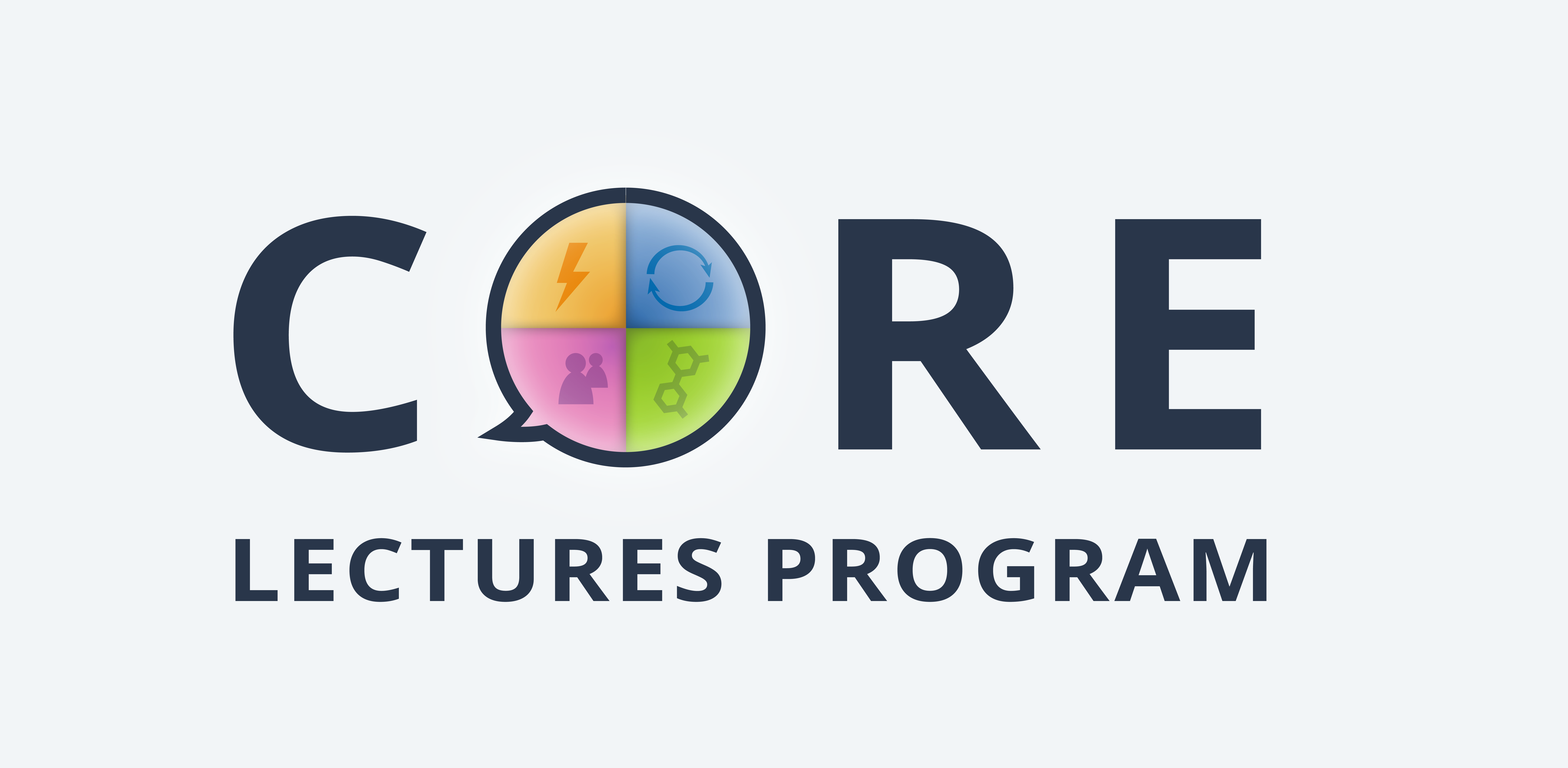livMatS Core Lecture | Prof. Chris Eberl & Dr. Viacheslav Slesarenko | Metamaterials: from static structures to life-like behavior

Description
Look at the materials surrounding you right now and tell us how well you know what is inside. You might be surprised, but almost all materials around us are composite materials. Even concrete of FIT building walls is composite – actually, one of the oldest known to humankind – consisting of sand, gravel and cement. Today we add steel to the mix, which puts the brittle concrete under compression, allowing for large free hanging ceilings. In general, the underlining idea of composites is obvious: take elements with different properties in the right proportions, arrange them in rational geometrical order, and voila, you have a new material with superior properties. But what will happen if we push this idea to an extreme and assume that the properties of elements do not really matter, forcing the internal geometry of our “composite” to define the resulting performance? Then we move to the realm of metamaterials – artificial structures with unique and unprecedented properties enabled by their unorthodox internal organization.
Even the Greek particle “meta” – beyond – unveils their non-natural essence. First conceptualized theoretically, metamaterials experienced an explosive growth of interest thanks to progress in additive manufacturing techniques enabling their practical fabrication. Depending on the exact physical phenomenon that arises from internal architecture, one might distinguish different classes of materials, such as optic, acoustic or thermal. In livMatS Cluster, we focus mainly on mechanical metamaterials capable of demonstrating unusual mechanical behavior. While classical mechanical metamaterials are static by nature, industry and society are more and more interested in materials capable of interacting with the environment and changing their behavior. Therefore we move from static, frozen-in-time and frozen-in-space materials to materials that can adapt via the changes and reconfigurations of their internal organization. With this paradigm shift, we might even say that metamaterials start to integrate functionalities, which in their turn can be programmed through the structure.
Programmable shape morphing concepts enable novel designs for adaptive aerodynamics, programmable damping can change how shoes or helmets are constructed, programmable stiffness can enhance soft robotics as well as the design of exoskeletons for workers or elderly people, tuneable acoustics can improve coworking in shared offices or the quality of life in crowded cities, and adaptive thermal conductivity improves autonomous thermal management of houses or batteries. Furthermore, programmable materials can draw inspiration from biological systems, which have complex physical computing mechanisms that allow them to adapt to changing environments, can self-repair, and even ‘learn’ from repetitive external stimuli. Therefore, we can see how new metamaterials are gradually moving towards the idea of life-like materials forming the core of livMatS Cluster.
During this lecture, we will talk about the progress in the field of metamaterials, present cutting-edge designs and concepts and discuss the possible applications of metamaterials and programmable materials. You will get a broad overview of the recent advances in this field and will understand how metamaterials are intertwined with the long-term vision of the Cluster.
